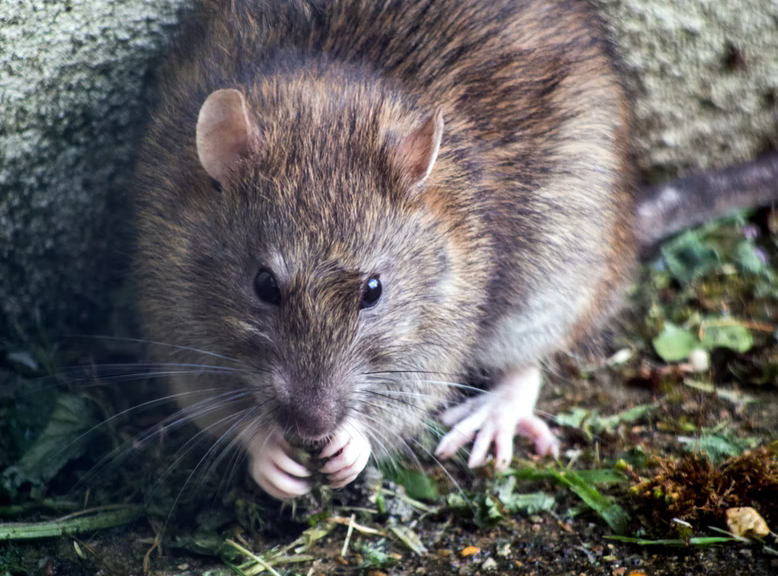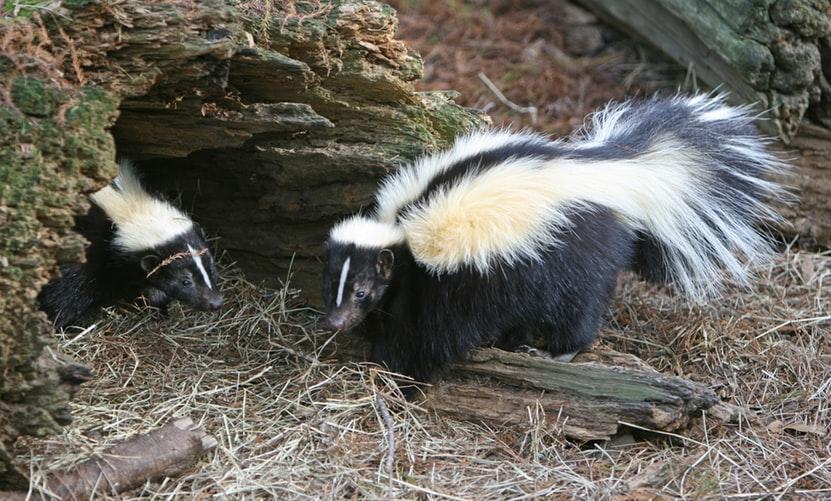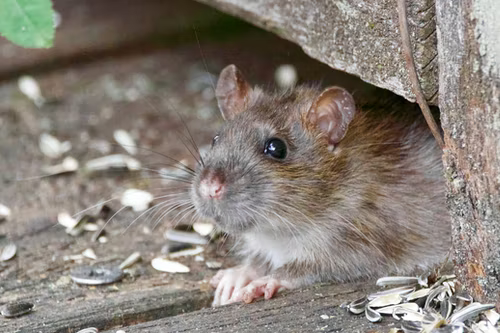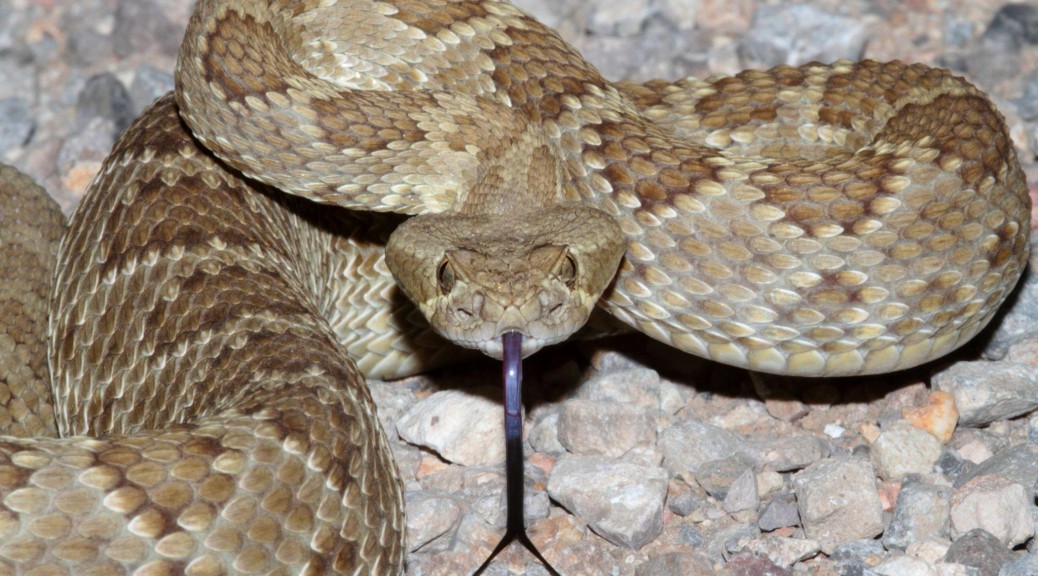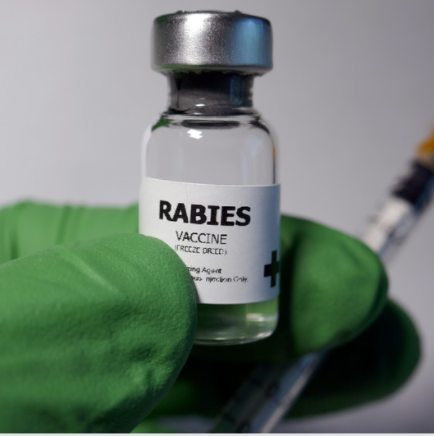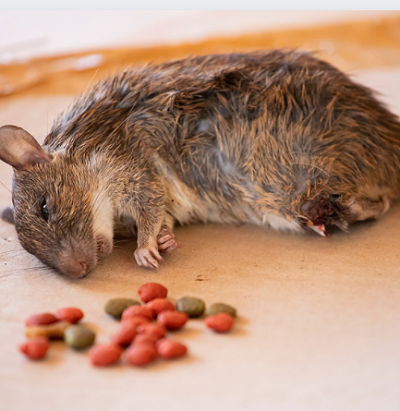Fungi, bacteria, parasites, and viruses are all around us. When humans and wildlife are healthy, their natural defenses keep these organisms from causing serious damage. However, some pathogens can be present in fur, waste materials, and saliva, which can be dangerous to humans.
5 Common Reasons Rats Are Attracted to Your Home
Rats aren’t just pests—they’re also health hazards.
Carrying a cocktail of disease and bacteria, rat droppings can fester on floors and infest food, while rat bites carry the risk of kidney-destroying “rat bite fever.” To make matters worse, even the smallest rat infestations can decrease the value of your home.
Continue reading 5 Common Reasons Rats Are Attracted to Your Home
Behavioral Changes of Animals in the Summer
Animal Behavioral Changes
When the summer heat begins to affect wildlife, they adapt by changing certain behaviors. We review how skunks and raccoons respond to summer weather, how to recognize abnormal behavior, and what to do if they’ve made your property their home.
Continue reading Behavioral Changes of Animals in the Summer
Wildlife That Are Problematic During Every Season
While certain times of year may be the most active for some animal species, there are others that can pose a problem no matter when they appear on your property. The following wildlife can be problematic all year long.
Continue reading Wildlife That Are Problematic During Every Season
5 of the Most Dangerous Animals in California
The Sierra Nevada bioregion’s tropical climate makes it the ideal home for a number of dangerous wild animals. It’s best to avoid encounters with these 5 species wherever possible or, otherwise, treat them with extreme caution.
Continue reading 5 of the Most Dangerous Animals in California
California’s Most Venomous Rattlesnakes
California is home to several native snakes. While it’s possible to get bitten by any snake, there are several rattlesnake species and subspecies found here that are venomous. Here are the poisonous California snake species that you should be aware of.
Mojave
The Mojave Rattlesnake (Crotalus scutulatus) holds the titles for deadliest pit viper and most venomous snake in California and the world. This is because their venom is both hemotoxic (destroys blood vessels) and neurotoxic (can destroy nerves and nerve tissue). Left untreated, a snake bite from the Mojave will be fatal.
This snake’s bands are different sizes, unlike the Western Diamondback, whose bands are equally sized. It can be tan, yellow, gray, green, or brown in color, and it grows to be between three and four feet long.
Western
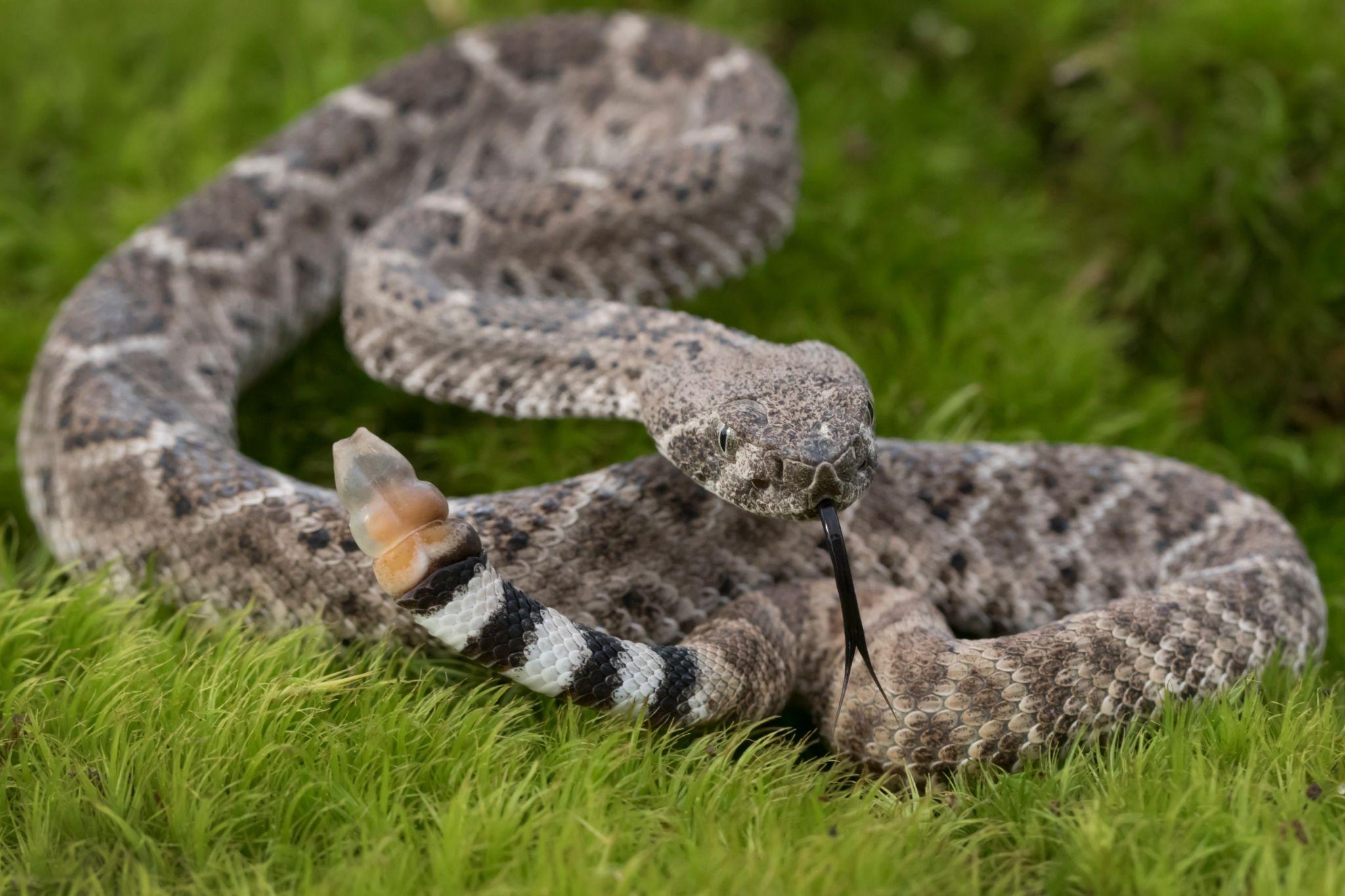
The Western Rattlesnake (Crotalus oreganus) actually describes three snake species, all venomous. Their venom is myotoxic (can destroy muscle cells), hemotoxic, and neurotoxic. If you think you’ve been bitten by this snake, get antivenom as soon as possible, as going untreated can be fatal.
Greenish gray or brown in color, this snake is often mistaken for a gopher snake. Markings appear as dark brown spots that are ringed by a lighter color on the back and sides, with a similar spot on the snout. It can be between three and five feet long.
Red Diamond
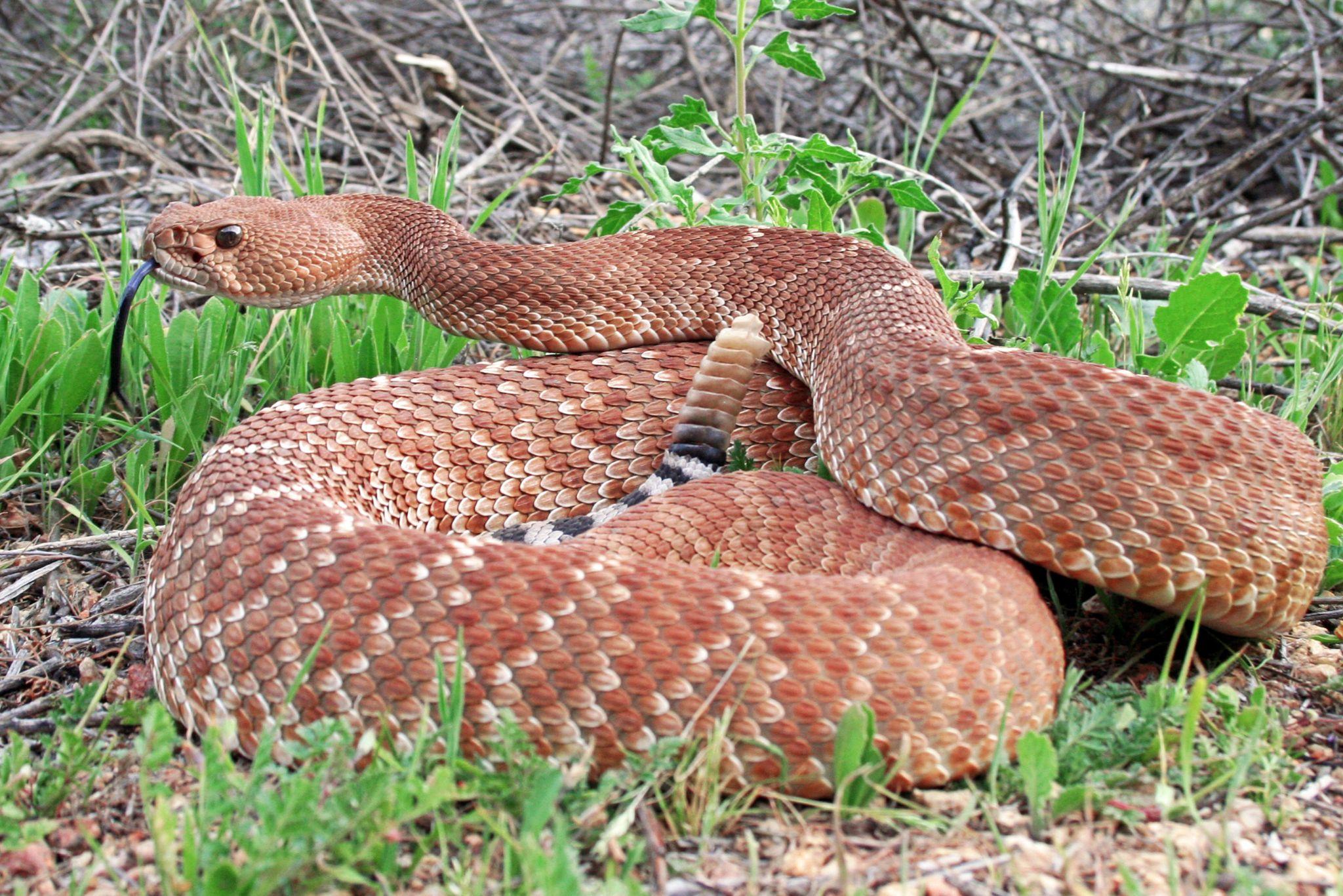
The Red Diamond Rattlesnake (Crotalus ruber) is an occasional climber whose venom represents the least potent of California’s venomous snakes. However, because it injects more venom than others, this rattlesnake’s bite is no less dangerous than a bite from other species.
This snake is easily identified by the black and white bands on its rattle, as well as the pale-bordered red diamond shapes on its back. A juvenile won’t have red diamonds, but it will have black and white bands on its rattle segment. Adults can grow to between three and five feet in length.
Southwestern Speckled
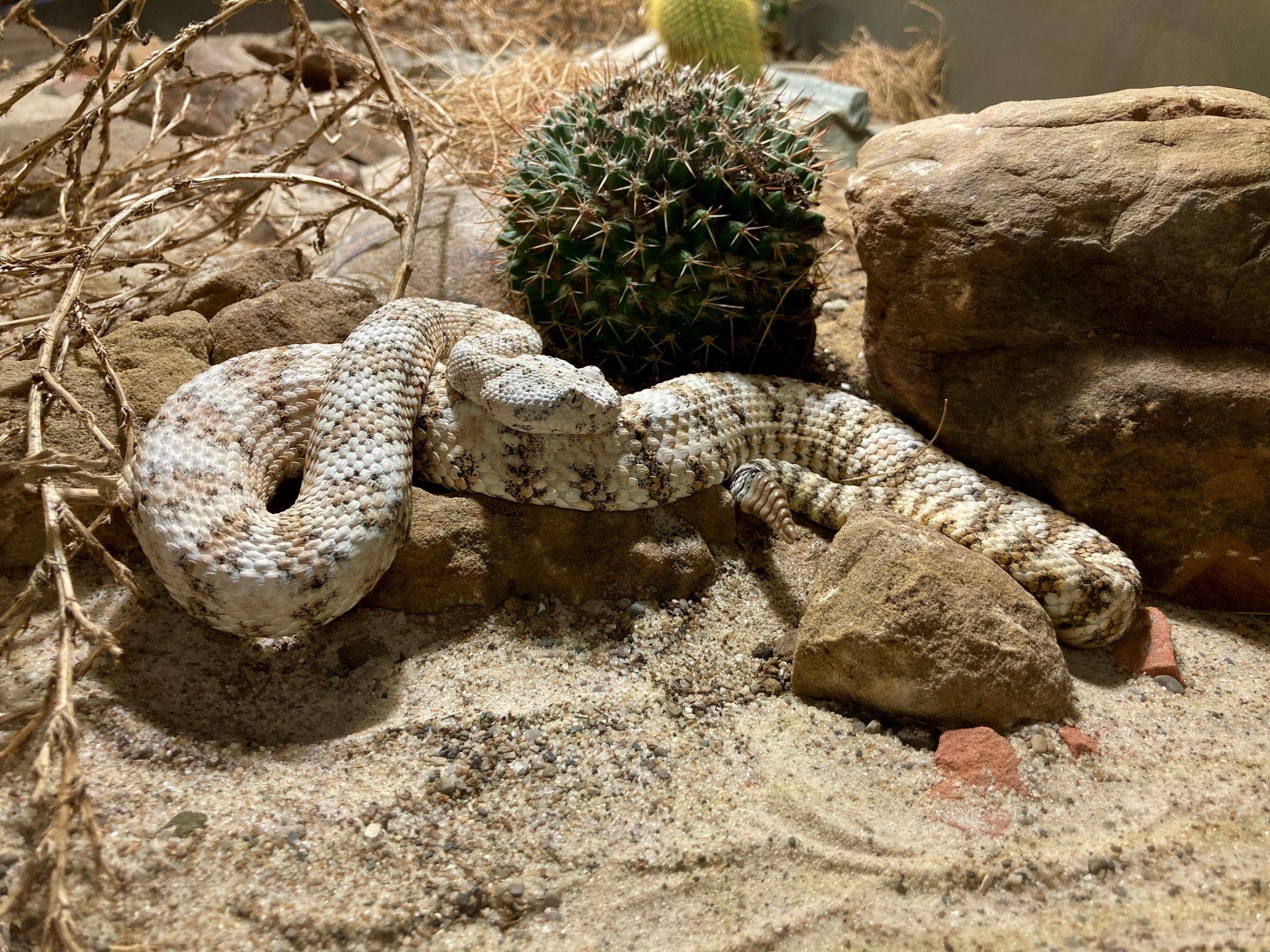
The Southwestern Speckled Rattlesnake (Crotalus mitchellii) has one subspecies; namely, the Panamint rattlesnake (Crotalus mitchellii stephensi). Both are common snakes in Southern California. Dormant during winter, the chemical composition of this pit viper’s venom is largely unknown. However, a bite can cause pain and necrosis, and the latter can lead to the need for amputation.
Identifying this snake can be difficult because the color combinations of its scales can vary so widely. However, it does grow to between 36 and 48 inches in length, with most individuals displaying brighter-colored banding toward their tails.
Need a Poisonous California Snake Removed?
If you notice any of the above dangerous snakes on your property, always be calm and slowly back away from them. Never try to agitate a snake by trying to poke it or pick it up. If you’ve been bitten, never try to treat a bite yourself. Instead, head to the nearest emergency room for evaluation.
Animal Capture Wildlife Control has over 20 years of experience in the safe and humane removal of wildlife in California. Visit us online to learn more.
Preventing Dangerous Encounters with Wildlife While Hiking
Despite how rare human and wildlife encounters may be while hiking, prevention is the best way to avoid danger. Here’s what you need to know before your next hiking excursion in a national park.
Continue reading Preventing Dangerous Encounters with Wildlife While Hiking
The Dangers of Rabies and What Animals Are Likely to Have It
Rabies is a disease that exists almost everywhere on earth. While years of data have proven the vaccine to be effective at reducing deaths from rabies, having an infected animal on your property or in your home can place you at significant risk.
Continue reading The Dangers of Rabies and What Animals Are Likely to Have It
Don’t Use Rat Poison in Your Home for These 3 Reasons
Rat infestations are a very common problem that can quickly get out of control without intervention. If you or someone you know has a rat problem, rat poison may seem like the fastest and simplest way to get rid of them, but there are 3 very important reasons to avoid rat poison dangers.
Continue reading Don’t Use Rat Poison in Your Home for These 3 Reasons
Where Winter Pests Hide in Your Home
Although it may seem like pests disappear during winter, the unfortunate reality is that they could be living in your home right now. When you know where pests like to hide, you can ensure they don’t return.
